#12 aprile 1961
Explore tagged Tumblr posts
Text
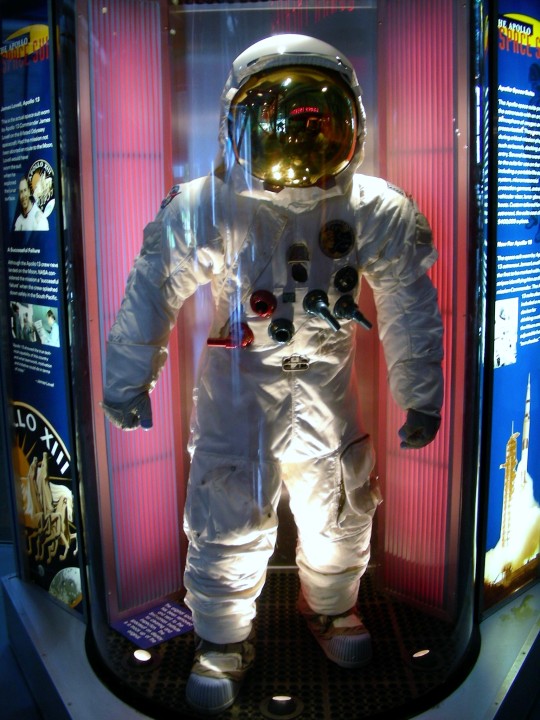

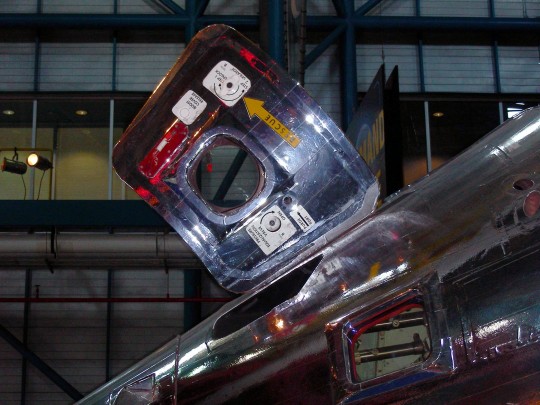
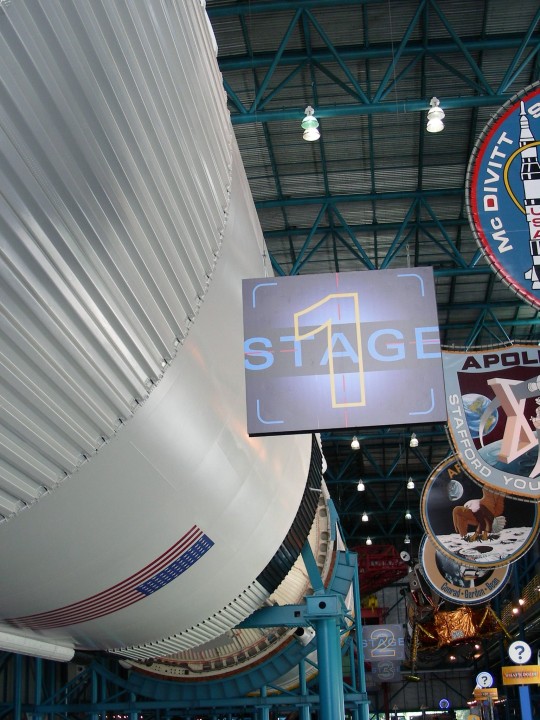

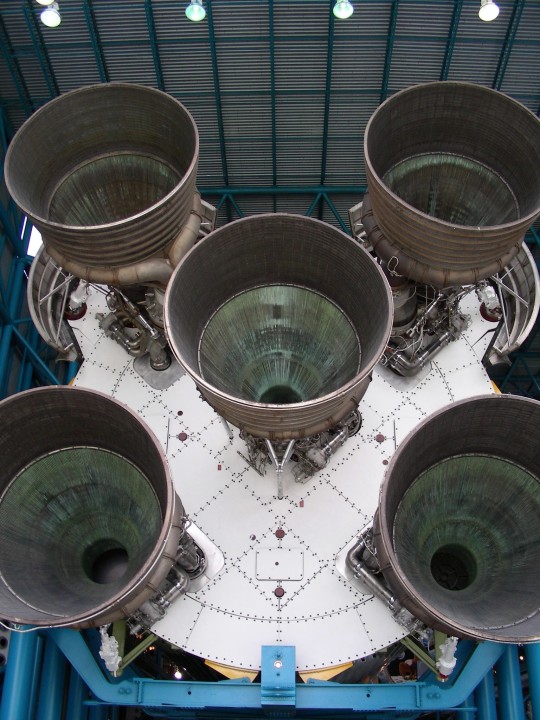
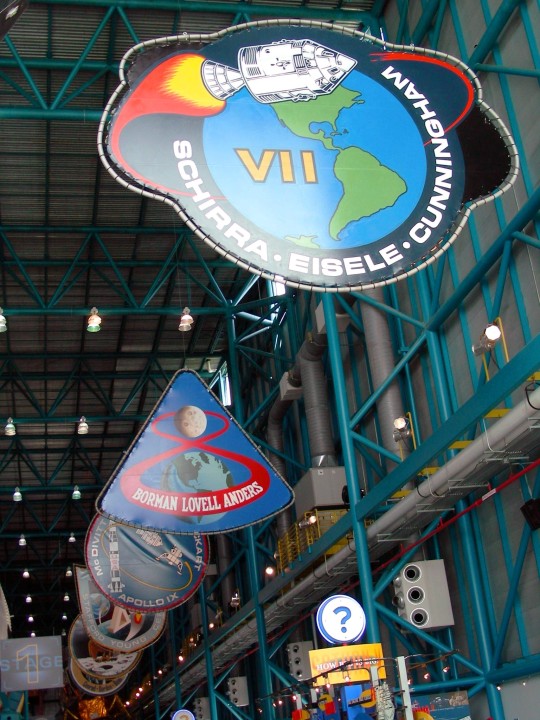

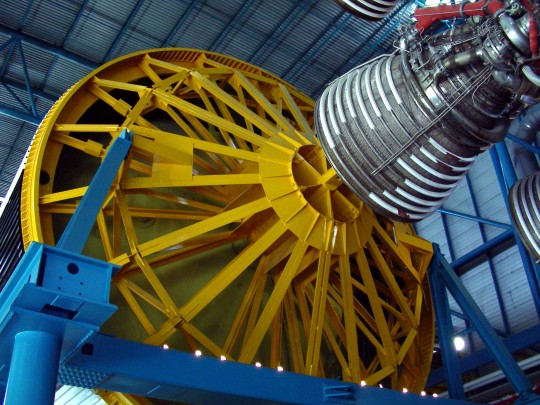
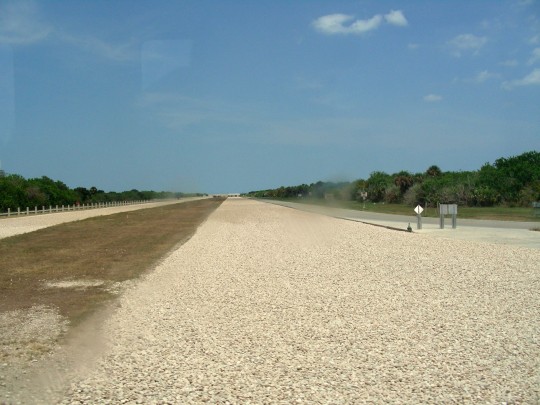
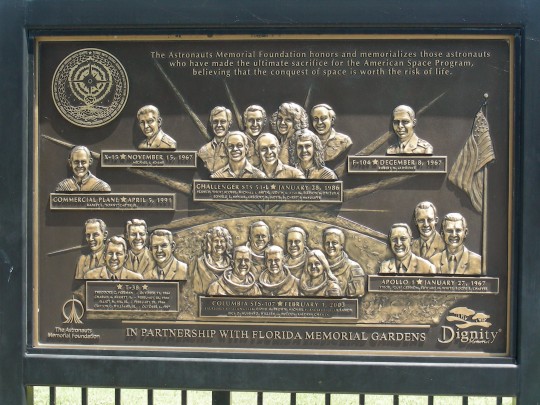

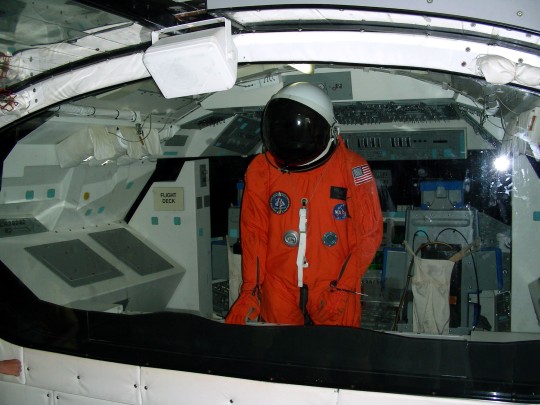

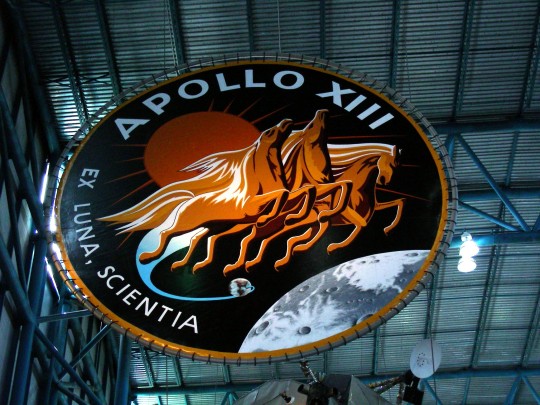
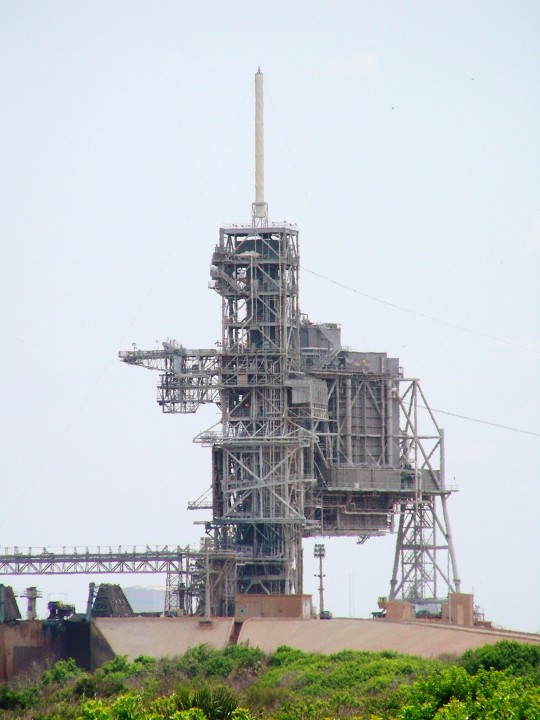
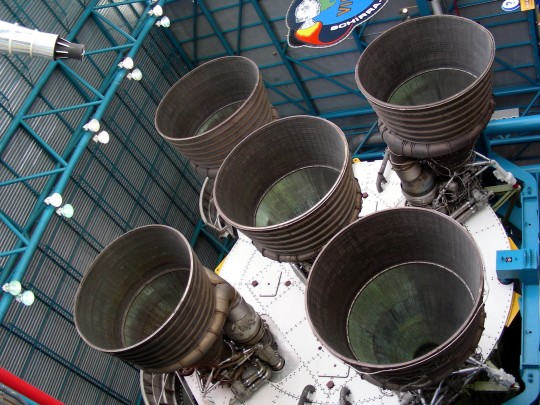
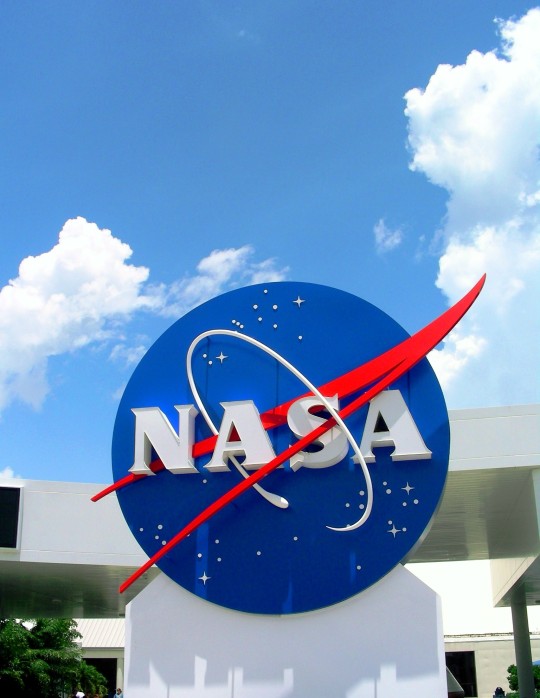
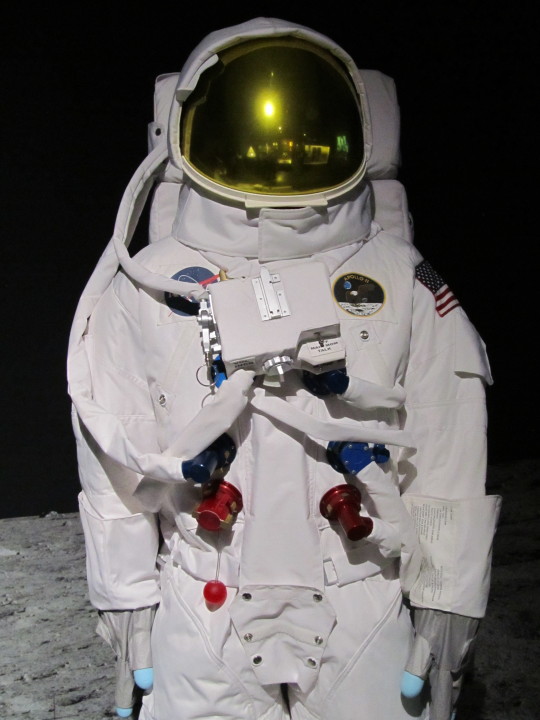


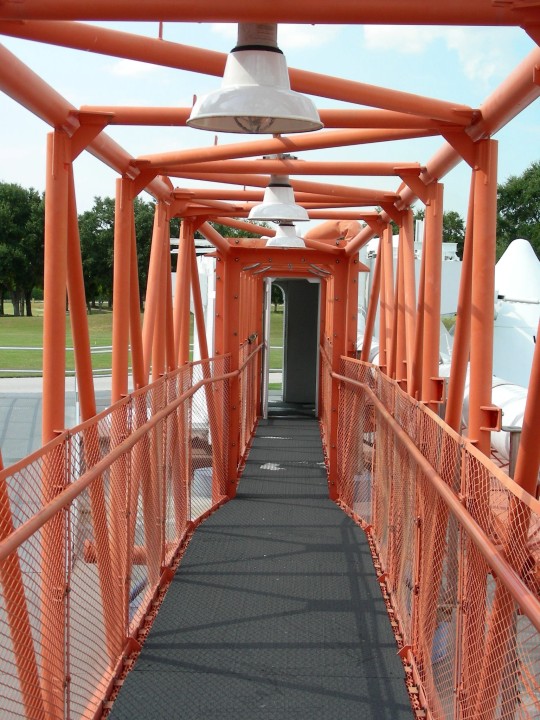
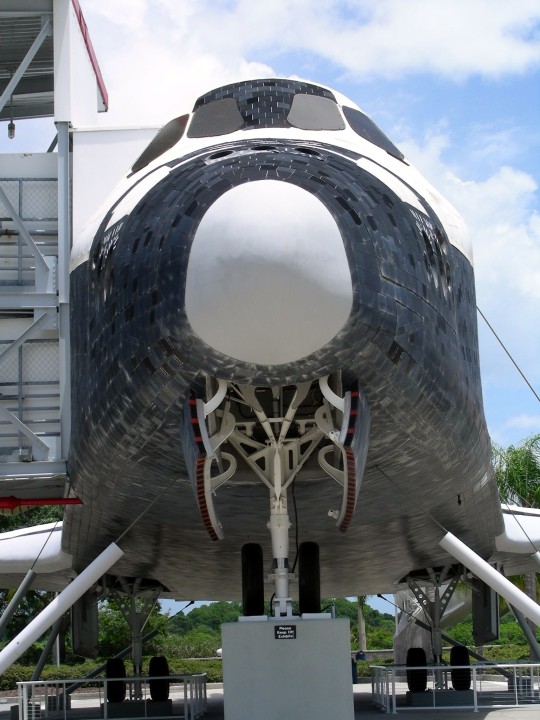
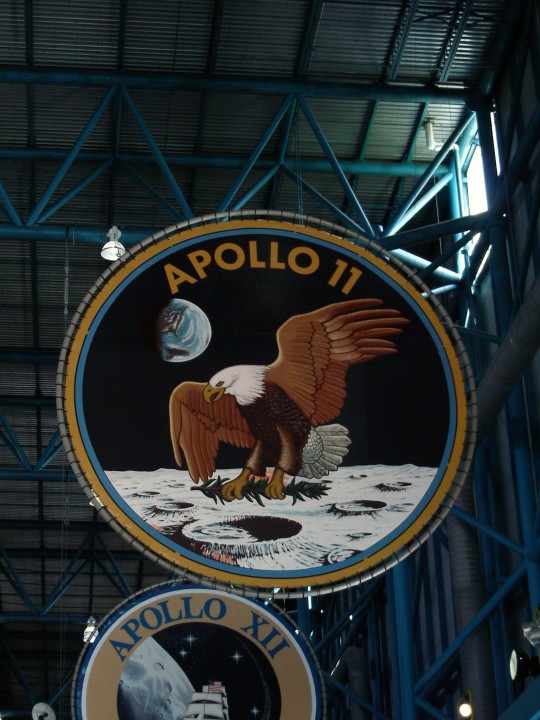
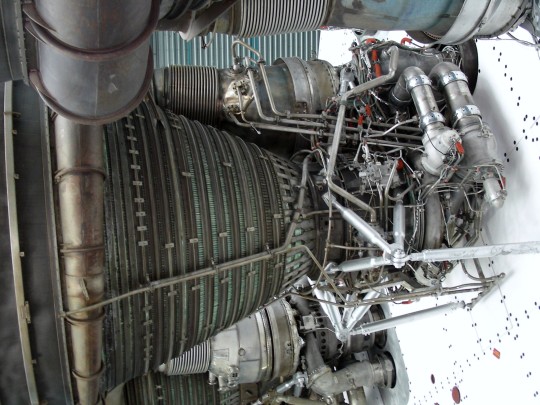
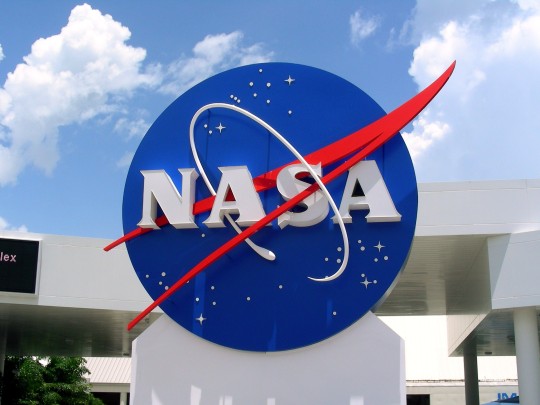
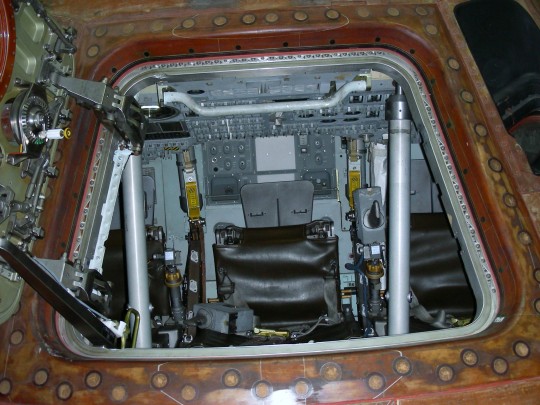
International Day of Human Space Flight
The beginning of the space era for mankind
The General Assembly, in its resolution A/RES/65/271 of 7 April 2011, declared 12 April as the International Day of Human Space Flight “to celebrate each year at the international level the beginning of the space era for mankind, reaffirming the important contribution of space science and technology in achieving sustainable development goals and increasing the well-being of States and peoples, as well as ensuring the realization of their aspiration to maintain outer space for peaceful purposes.”
12 April 1961 was the date of the first human space flight, carried out by Yuri Gagarin, a Soviet citizen. This historic event opened the way for space exploration for the benefit of all humanity.
The General Assembly expressed its deep conviction of the common interest of mankind in promoting and expanding the exploration and use of outer space, as the province of all mankind, for peaceful purposes and in continuing efforts to extend to all States the benefits derived there from.
The Voyager Golden Record shot into space in 1977 with a message from humanity to the cosmos – and decades later, it stands as a reminder that we are all connected. The United Nations displays a replica of the Golden Record at its Headquarters, and shares a deep connection to the process of creating it. A NASA committee asked the UN to provide materials to include on the playlist, and the first words on the Record itself are those of the then-UN Secretary-General expressing hope for peace and friendship with whoever discovers and plays it. Bill Nye “The Science Guy,” CEO of the Planetary Society, walks viewers through how to decipher the Golden Record, its significance today, and how reverence for the universe can inspire action for our planet. This aligns with the ongoing work of the United Nations to promote international cooperation in the peaceful use and exploration of space. The Director of the UN Office for Outer Space Affairs, Simonetta Di Pippo, explains the significance of the Golden Record in our world now. “The undertaking of the Voyager project reminds us of who we are, where we came from, and that we should treat each other with care.”
Background
On 4 October 1957 the first human-made Earth satellite Sputnik I was launched into outer space, thus opening the way for space exploration. On 12 April 1961, Yuri Gagarin became the first human to orbit the Earth, opening a new chapter of human endeavour in outer space.
The Declaration further recalls “the amazing history of human presence in outer space and the remarkable achievements since the first human spaceflight, in particular Valentina Tereshkova becoming the first woman to orbit the Earth on 16 June 1963, Neil Armstrong becoming the first human to set foot upon the surface of the Moon on 20 July 1969, and the docking of the Apollo and Soyuz spacecrafts on 17 July 1975, being the first international human mission in space, and recall that for the past decade humanity has maintained a multinational permanent human presence in outer space aboard the International Space Station.”
UN and Space
From the very beginning of the Space Age, the United Nations recognized that outer space added a new dimension to humanity’s existence. The United Nations family strives continuously to utilize the unique benefits of outer space for the betterment of all humankind.
Recognizing the common interest of humankind in outer space and seeking to answer questions on how outer space can help benefit the people’s of Earth, the General Asssembly adopted its first resolution related to outer space, resolution 1348 (XIII) entitled “Question of the Peaceful Use of Outer Space”.
On 10 October 1967, the “Magna Carta of Space”, also known as the Treaty on Principles Governing the Activities of States in the Exploration and Use of Outer Space, including the Moon and Other Celestial Bodies entered into force.
Today, the United Nations Office for Outer Space Affairs (UNOOSA) is the United Nations office responsible for promoting international cooperation in the peaceful uses of outer space. UNOOSA serves as the secretariat for the General Assembly’s only committee dealing exclusively with international cooperation in the peaceful uses of outer space: the United Nations Committee on the Peaceful Uses of Outer Space (COPUOS).
UNOOSA is also responsible for implementing the Secretary-General’s responsibilities under international space law and maintaining the United Nations Register of Objects Launched into Outer Space.
Source
#Mercury Friendship 7#International Day of Human Space Flight#InternationalDayofHumanSpaceFlight#12 April 1961#Jim Lovell's space suit#Verkehrshaus der Schweiz#Swiss Transport Museum#Kennedy Space Center Visitor Complex#USA#original photography#Launch Complex 39A (LC-39)#Space Shuttel Explorer#replica#Saturn V Moon Rocket#florida#2010#2009#summer vacation#travel#NASA#National Aeronautics and Space Administration#Washington DC#Apollo 11 Command Module Columbia#National Air and Space Museum#vacation#tourist attraction#Luzern#anniversary
0 notes
Text

"I don't see any god up here. But from here the Earth is beautiful, without borders or divisions."
The first words of a human in space.
Soviet Cosmonaut Yuri Gagarin, April 12, 1961.
Thanks to Clara Statello
2K notes
·
View notes
Text
Little Shop of Horrors takes place sometime in the early 60s, but it's hard to pin down the exact year. A radio broadcast mentions President Kennedy, so that narrows it down to 1961, 1962, or 1963. During the song Feed Me (Git It), one of the offers Audrey II waves in Seymour's face is a "guest spot on Jack Paar." Jack Paar hosted the Tonight Show from July 29, 1957 to March 30, 1962. The opening line of the movie says that the events took place on the 23rd day of the month of September, so if we assume Jack Paar was still on the air when Audrey II mentioned him, then 1962 and 1963 are off the table, meaning is has to be 1961, right? Well, after Seymour kills Mr. Mushnik allows Audrey II to kill Mr. Mushnik, we get a short montage of offers and contracts and magazine covers to establish that Seymour's star is rising. One of the covers is a TV Guide for the week of October 6 - 12.

October 6th was a Sunday in 1963, not 1961, so that complicated things until I googled existing TV Guides and learned that they don't start the week on Sunday, but Saturday instead.
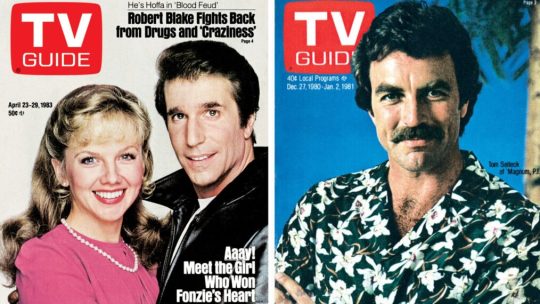
April 23 - 29, 1983 (Saturday to Friday) December 27, 1980 - January 2, 1981 (Saturday to Friday)
October 6 - 12 was a Saturday to Friday in 1962.
If we assume Audrey II just pulled the first famous talkshow host name it could think of regardless of whether or not he was still on the air, then 1962 remains our best bet because in the director's cut ending where the plants take over the world there's one shot of Audrey II bursting through a movie theater marquee advertising Jason and the Argonauts, a Ray Harryhausen movie which premiered June 13, 1963.
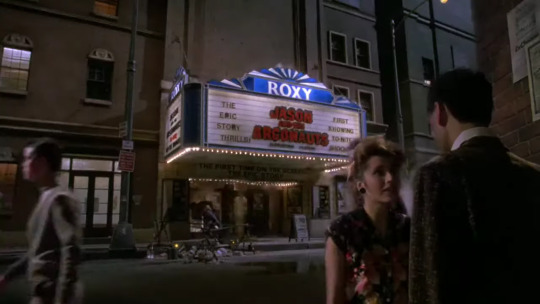
Little Shop of Horrors starts on September 23, 1962.
Seymour gets his face on the cover of Life and the TV Guide the following month.
Audrey II would hit store shelves just in time for Christmas, spreading around the country faster than hula hoops and the Twist, taking over the world sometime in the new year.
#little shop of horrors#lsoh#audrey ii#seymour krelborn#1960s#1961#1962#1963#jfk#john f kennedy#president kennedy#kennedy#60s#the 60s#musical#timeline
770 notes
·
View notes
Text

Yuri Gagarin on top of a launching pad, the morning of the launch. This day will go down in history. April 12, 1961-13791715755
377 notes
·
View notes
Text
The story of these two men is my Roman Empire.
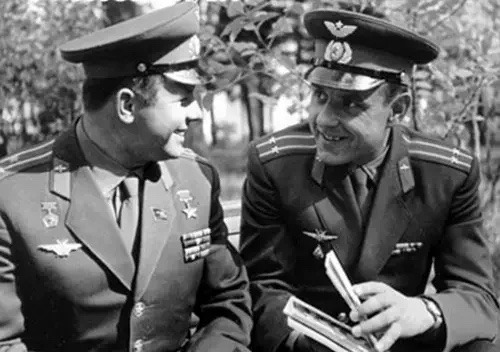
Yuri Gagarin and Vladimir Komarov were highly decorated Cosmonauts, both of which made firsts in the history of space flight.
Yuri Gagarin famously became the first man in space on April 12, 1961.
Vladimir Komarov piloted Voshkod 1 on October 12, 1964 on the first space mission to carry multiple crew members. He flew again aboard Soyuz 1 on April 23, 1967, becoming the first Russian man to make two spaceflights.
Yuri Gagarin and Vladimir Komarov were close.

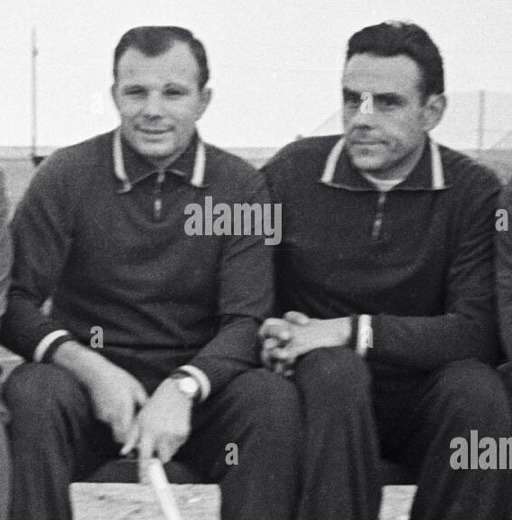
The Soyuz 1 was described as being “a piece of shit” and a “devil ship” as issues plagued the spacecraft throughout development and failed testing. Yuri had done everything he could to get the launch postponed, including writing a ten-page memo detailing the 203 structural problems he had discovered during inspection of the Soyuz 1. Any person who had laid eyes on the memo would be fired or demoted.
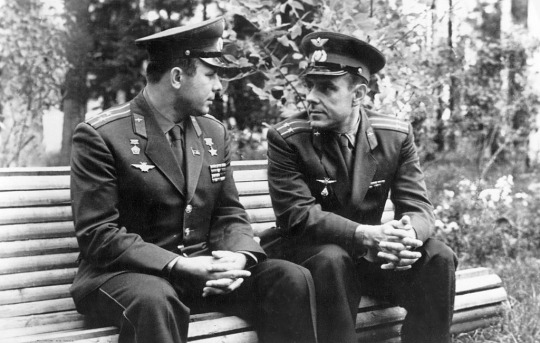
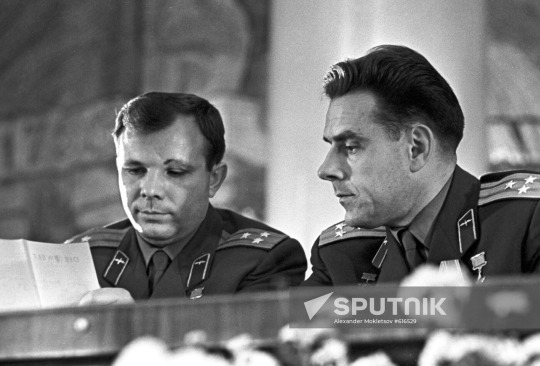
Komarov knew of these issues, but refused to step down from the missions. In March of 1987 he met with Venyamin Russayev, a then-recently-demoted KGB agent who had been assigned to "mind" Yuri Gagarin.
He met with Russayev and said, "I'm not going to make it back from this flight." Russayev asked, “Why not refuse?” Komarov answered: "If I don't make this flight, they'll send the backup pilot instead." That was Yuri Gagarin. Komarov couldn't do that to his friend. "That's Yura. And he'll die instead of me. We've got to take care of him." Komarov then burst into tears.
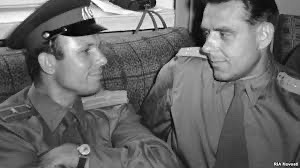
Yuri, nicknamed Yura by friends and family, showed up on the day of the launch “demanding to be put into a space suit,” "demanding this and this and this...", doing anything and everything he could to be the one on that spacecraft instead of Vladimir. Unfortunately, his attempts were be futile.
Soyuz 1 would launch on April 23, 1967 and faced serious issues throughout the flight. The parachutes failed to deploy during reentry and the spacecraft burned up while Vladimir screamed and cried and cursed out those responsible.
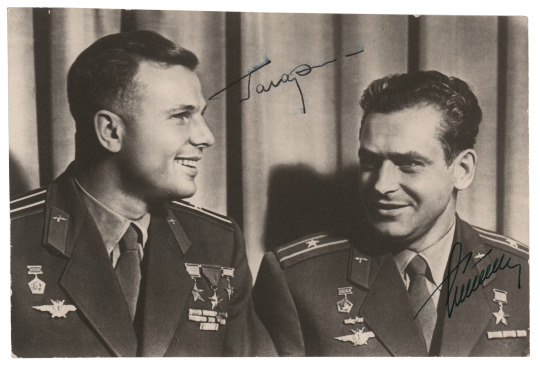
Yuri Gagarin was grounded from future space flights and denied permission to pilot military jets. This was devastating for the already deeply depressed man and everyone knew it. Even his favorite hairdresser said that “Yuri couldn't live without flying. It was his whole life. A man can't live without his trade. He can't survive.”
He eventually convinced them to let him fly, but on March 28, 1968, less than a year since Komarov’s accident, he was tragically killed during a routine-training flight aboard a MiG-15. The cause of the accident is unclear, though many speculate that the accident was an assassination on the cosmonaut as he had a falling out with several high-ranking officials following the death of his close friend.
Both Yuri Gagarin and Vladimir Komarov’s names are featured on the memorial for fallen US Astronauts and USSR Cosmonauts left on the moon by the Apollo 11 crew.
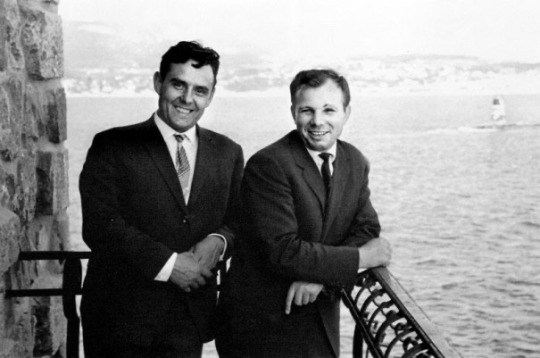
#I KNOW FOR A FACT I read somewhere that Yuri dug through the crash site for his remains but I can’t remember 😭😭😭#DID I MENTION HE’S 5’ 2???#there’s tons of controversy surrounding what’s right and wrong but regardless their story is tragic#and I mean tons of controversy btw#there’s absolutely no way for us to know what’s right and what’s wrong#we’ll never know what actually happened but we all know what should (or should I say shouldn’t) have happened#look at how they look at each other and tell me there’s not *something* there#space race#Cold War#Soyuz 1#Yuri Gagarin#Vladimir Komarov#cosmonaut#research#information#THIS is my Roman Empire fr#like these two deserved better 😭
155 notes
·
View notes
Text

The 81,000-ton supercarrier USS Kitty Hawk (CV-63) on sea trials in February 1961.
The Battle Cat was launched on May 21, 1960, at the New York Shipyard in Camden, NJ, and commissioned on April 29, 1961 at the Philadelphia Naval Shipyard.
The ship gave 48 years of service before being decommissioned on May 12, 2009. She is currently being dismantled at Brownsville, Texas.
175 notes
·
View notes
Text

"Dr. George M. Low, acting administrator of NASA, presented to the USSR on January 21, 1971, a plaque in memory of Soviet Cosmonaut Yuri Gagarin who made the first flight into space on April 12, 1961. Accepting the plaque at the Moscow ceremony was Soviet Gen. Kuznetsov, commander of the USSR's Star City space base, where cosmonauts have been training since 1960. Gagarin, who made history with his 1 hour and 48 minute flight, lost his life in a training accident on March 27, 1968."
Date: January 21, 1971
NASA ID: S70-56914
203 notes
·
View notes
Photo
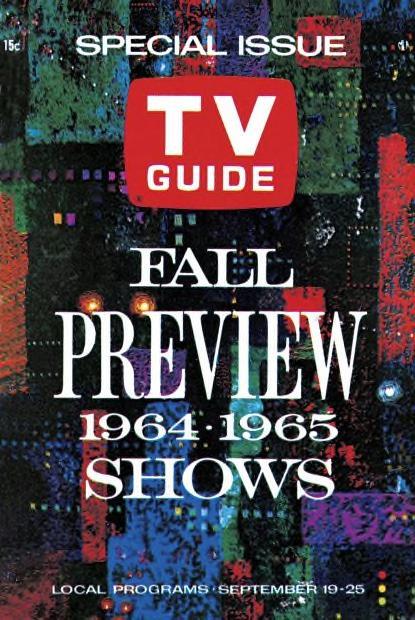
TV Guide - September 19 - 25, 1964
Fall Preview: 1964 - 1965 Shows
ABC
12 O'Clock High (September 18, 1964 – January 13, 1967)
ABC Scope (November 11, 1964 – March 2, 1968)
The Addams Family (September 18, 1964 – April 8, 1966)
Bewitched (September 17, 1964 – March 25, 1972)
The Bing Crosby Show (September 14, 1964 – April 19, 1965)
Broadside (September 20, 1964 – May 2, 1965)
F.D.R. (January 8, 1965 - July 23, 1965)
Jonny Quest (September 18, 1964 – March 11, 1965)
The King Family Show (January 23, 1965 – September 10, 1969)
Mickey (September 16, 1964 – January 13, 1965)
No Time for Sergeants (September 14, 1964 – May 3, 1965)
Peyton Place (September 15, 1964 – June 2, 1969)
Shindig! (September 16, 1964 – January 8, 1966)
The Tycoon (September 15, 1964 – April 27, 1965)
Valentine's Day (September 18, 1964 – May 7, 1965)
Voyage to the Bottom of the Sea (September 14, 1964 – March 31, 1968)
Wendy and Me (September 14, 1964 – May 24, 1965)
CBS
The Baileys of Balboa (September 24, 1964 – April 1, 1965)
The Cara Williams Show (September 23, 1964 – April 21, 1965)
The Celebrity Game (April 6, 1964 - September 13, 1964 / April 8, 1965 - September 9, 1965)
The Entertainers (September 25, 1964 –March 27, 1965)
Fanfare (June 19, 1965 - September 11, 1965)
For the People (January 31 – May 9, 1965)
Gilligan's Island (September 26, 1964 – April 17, 1967)
Gomer Pyle, U.S.M.C. (September 25, 1964 – May 2, 1969)
Many Happy Returns (September 21, 1964 – April 12, 1965)
Mr. Broadway (September 26 – December 26, 1964)
The Munsters (September 24, 1964 – May 12, 1966)
My Living Doll (September 27, 1964 – March 17, 1965)
On Broadway Tonight (July 8, 1964 - March 12, 1965)
Our Private World (May 5 – September 10, 1965)
The Reporter (September 25 – December 18, 1964)
World War One (September 22, 1964 - April 18, 1965)
NBC
90 Bristol Court (October 5, 1964 - January 4, 1965)
Branded (January 24, 1965 – September 4, 1966)
Cloak of Mystery (May 11 - August 8, 1965)
Daniel Boone (September 24, 1964 – May 7, 1970)
The Famous Adventures of Mr. Magoo (September 19, 1964 – April 24, 1965)
Flipper (September 19, 1964 – April 15, 1967)
Harris Against the World (October 5, 1964 - January 4, 1965)
Hullabaloo (January 12, 1965 – August 29, 1966)
International Showtime (September 15, 1961 - September 10, 1965)
Karen (October 5, 1964 – April 19, 1965)
Kentucky Jones (September 19, 1964 – April 10, 1965)
The Man from U.N.C.L.E. (September 22, 1964 – January 15, 1968)
Moment of Fear (May 19 - September 15, 1964 / 25 May 25 - August 10, 1965)
NBC Wednesday Night at the Movies (September 16, 1964 - September 8, 1965)
Profiles in Courage (November 8, 1964 – May 9, 1965)
The Rogues (September 13, 1964 – April 18, 1965)
Tom, Dick and Mary (October 5, 1964 - January 4, 1965)
31 notes
·
View notes
Text
Vostok I - First Man in Space

Soviet cosmonaut Yuri Gagarin became the first man in space on April 12, 1961, when he circled the Earth in Vostok I. The history-making voyage only lasted 108 minutes before Gagarin ejected himself from the spacecraft and parachuted back to his home planet (this was part of the plan), but it changed the way humans look up at the stars forever. Before launching Gagarin into the heavens, the U.S.S.R. performed a test mission using a prototype of the Vostok I along with a dog and a man-size dummy.
#space#nasa#universe#art#astronomy#science#galaxy#moon#stars#cosmos#spacex#scifi#astrophotography#photography#earth#astronaut#love#alien#nature#mars#spaceart#sky#spaceexploration#planets#aliens#spaceship#spacetravel#rocket#digitalart#design
25 notes
·
View notes
Text
Swedish school attacks and adjacent crimes + FUP (preliminary investigation report) PDFs when available
PART 1

Ove Conry Andersson (17)
School: Kungälvs läroverk Location: Kungälv, Västra Götalands län Student ages: 15-18* Date: March 4, 1961 Weapon: Semi-automatic pistol Dead: 1 Injured: 6
Shooting happened at a school dance. Students hurt were between 15 and 18 years old, but even older students may have attended.

Kent Korva (15) + 3 onlooker friends
School: Svartedalsskolan Location: Gothenburg, Västra Götalands län Student ages: n/a Date: Dec 13, 1979 (Saint Lucy's Day) Weapon: Knife Dead: 1 (teacher)
Drunk, anger-fueled attack outside the school entrance. History of previous threats. Not an attempted rampage, but in my opinion there was a similar psychology behind the motive.

Rafael Argueta Villacorta (19)
School: Västermalms gymnasium Location: Sundsvall, Västernorrlands län Student ages: 16-20 Date: Oct 25, 2001 Weapon: 2 Knives Dead: 1 Injured: 1
First case were the perpetrator without a doubt fits the criminal profile of the average school attacker.

Jacob Roya (16) + 1 or 2 other boys
Planned Attack School target: Slottsstadens skola Location: Malmö, Skåne Län Student ages: 12-16 Planned date: April 20, 2004/2005 (Columbine (5th) anniversary) Planned weapons: Hunting rifle, various plastic bottle bombs, Shotgun
News media information about this case is extremely sparse and contradicts itself. Jacob got investigated after he tried to firebomb another school (Sorgenfriskolan) as a test.
FUP: Denied. Will check if an appeal is possible.

Anton Niclas Lundin Pettersson (21)
School: Kronan Location: Trollhättan, Västra Götalands län Student ages: 6-16 Date: Oct 22, 2015 Weapon: Cold Steel 88VS Viking Sword, Bowie knife Dead: 4 (including the perpetrator, suicide by cop) Injured: 2
First racially motivated school attack. Often mistaken as Sweden's first school attack.
FUP: x

UNNAMED MALE (12)
School: Råslättskolan Location: Jönköping, Jönköpings Län Student Ages: 6-12 Date: Sep 5, 2018 Weapon: Knife Dead: n/a Injured: 2
FUP: Unavailable due to perpetrators age
School names, ages etc. reflect what they were when the crimes were committed.
#at:infopost#at:sweden#ove conry andersson#kent korva#rafael argueta villacorta#jacob roya#anton lundin petterson#råslättskolan 2018#true crime
35 notes
·
View notes
Text
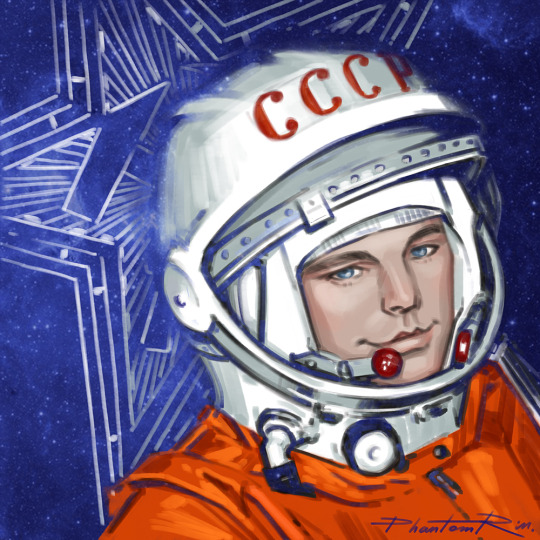
Товарищей с Днём космонавтики! Отдельные поздравления всем причастным!
Congratulating all friends - especially those involved - with the Cosmonautics Day!
On April 12, 1961 Yuri Gagarin - the USSR cosmonaut, the "Hero of Soviet Union" - became the first man to enter space on "Vostok-1" spaceship.
#День космонавтики#Юрий Гагарин#Cosmonautics Day#Yuri Gagarin#space#праздник#art#illustration#PhantomRin
59 notes
·
View notes
Photo
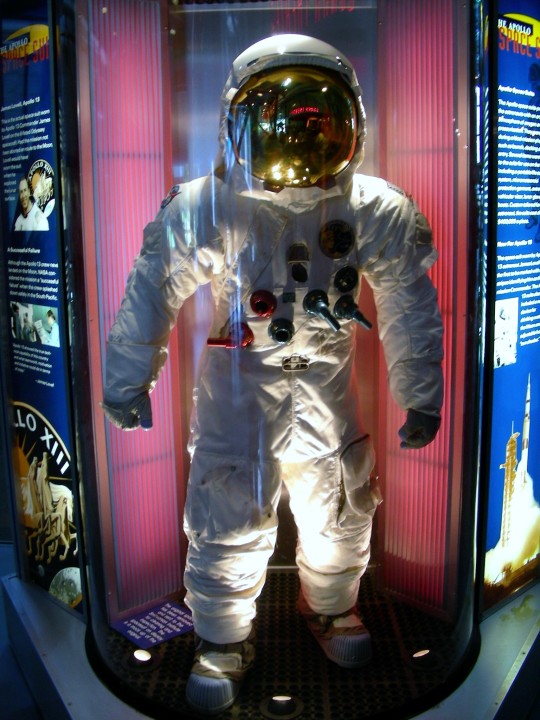

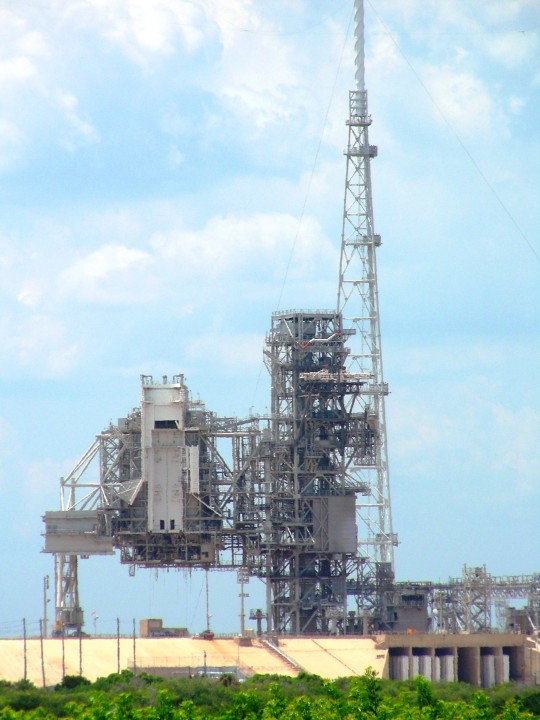







History of International Day for Human Space Flight
International Day for Human Space Flight takes place across the world on April 12. The day celebrates the first space flight and the first human being in space — the great Soviet cosmonaut, Yuri Gagarin. This historic event opened up experiences for humanity like never before. Following Gagarin’s flight to space, there was a renewed enthusiasm for the study of spaces and the cosmos. The day also celebrates humankind’s remarkable progress in building a sustainable relationship with space and using the knowledge for the betterment of every inhabitant of our planet. International Day for Human Space Flight is a celebration of scientific temperament.
History of International Day for Human Space Flight
On April 12, 1961, the world as we knew it changed forever. It was on this date that the first human space flight took off with Yuri Gagarin in it. What a remarkable day for human innovation and perseverance! This event was a pioneer in making the way for space exploration that would benefit all humanity. After Gagarin’s flight, the United Nations General Assembly realized that all of humankind shared a common interest in promoting and expanding the study and use of outer space.
But years before humans would make their way to space, on October 4, 1957, the first human-made satellite — Sputnik I — was launched into outer space. One can agree that this event opened the way for space exploration and possibly sowed seeds for human visits, too. On April 12, 1961, Gagarin became the first human to orbit the Earth — this was a remarkable achievement that occurred only a few years after humans began to study space using modern technology.
Years later, after Gagarin’s space trip, the UNGA described the trip as an “amazing history of human presence in outer space and the remarkable achievements since the first human spaceflight.” At this point, it must be noted that only two years later, the Soviet Union sent Valentina Tereshkova into space, thus making her the first woman to orbit the Earth. Only seven years from then, Neil Armstrong became the first human to land upon the surface of the moon in July 1969. And in July 1975, the U.S. and the Soviet Union launched the first international human mission in space — docking the Apollo and Soyuz spacecraft together. In only a span of 15 years, humankind made progress in space exploration unlike ever before.
International Day for Human Space Flight timeline
1957 The First Living Thing in Space
A dog named Laika becomes the first mammal to visit space.
1958 NASA
NASA is founded in America.
1965 The First Spacewalk
Alexei Leonov is the first person to spacewalk.
1971 The First Space Station
The Soviet Union launches Salyut I as the world’s first space station.
International Day for Human Space Flight FAQs
In which year was the International Day of Human Space Flight first celebrated globally?
In 2011, the General Assembly recognized the 50th anniversary of the first-ever human spaceflight and declared April 12 as the International Day of Human Space Flight.
What happened during the landing of April 12, 1961?
On April 12, 1961, aboard the spacecraft, Vostok I, Soviet cosmonaut Yuri Alekseyevich Gagarin became the first human being to travel into space.
Did Yuri Gagarin orbit the Earth?
Gagarin completed one orbit of Earth on April 12, 1961.
International Day for Human Space Flight Activities
Visit a planetarium
Read about space
Go skywatching
If you have a child at home, take them to visit a space museum or planetarium on International Day for Human Space Flight. This will encourage their passion for science and technology and make them believe nothing is unachievable.
Many astronauts who have visited space have written their accounts about it. These books are fascinating reads and can be incredibly exciting. Curl up with your favorite space-related book on International Day for Human Space Flight.
Not all of us can go to space, but thankfully we can all skywatch. Celebrate International Day for Human Space Flight by gazing at the stars in the night sky. See if you can spot constellations, stars, and planets.
5 Facts About Space That Will Blow Your Mind
The hottest planet in our solar system
Spacesuits are expensive
One day on Venus
Footprints on the moon will last forever
Saturn can float in water
Mercury is the hottest planet — the temperatures may rise to 842 degrees Fahrenheit.
A NASA spacesuit is priced at $12,000,000.
One day on the planet is longer than one year — Venus takes 243 Earth days to complete one rotation.
That’s because there’s no water, wind, or weather to disturb it.
That’s because water is denser than Saturn.
Why We Love International Day for Human Space Flight
It celebrates human progress
It encourages scientific thinking
It imagines the collective good
International Day for Human Space Flight is a celebration of how far we have come in terms of science and technology. In less than half a century, humans have made many successful trips to space.
International Day for Human Space Flight encourages rational thought and scientific thinking. Celebrations such as these also encourage future generations to study science and challenge themselves to conquer the impossible.
International Day for Human Space Flight was started with the aim to celebrate actions for the collective good. The day urges us to leave behind our differences and use science and technology in such a way that every creature on the planet benefits from it.
Source
#Jim Lovell space suit#Kennedy Space Center Visitor Complex#Florida#USA#Launch Complex 39B (LC-39)#Launch Complex 39A (LC-39)#technology#engineering#History of International Day for Human Space Flight#12 April 1961#anniversary#history#National Aeronautics and Space Administration#NASA#Saturn V moon rocket#Apollo 14 Command Module#logo#Washington DC#Apollo 11 Command Module 'Columbia'#National Air and Space Museum
0 notes
Text
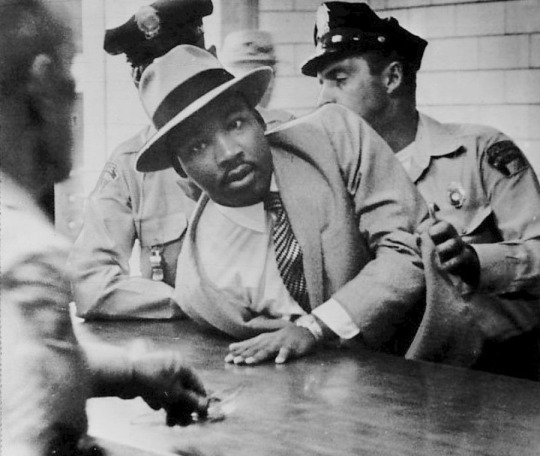
Martin Luther King Jr. was Arrested 29 times for these so-called crimes. Here are just a few occasions when he was arrested and why:
January 26, 1956 — He was arrested in Montgomery, Alabama as part of a "Get Tough" campaign to intimidate the bus boycotters. Four days later, on January 30, his home was bombed.
March 22, 1956 — King, Rosa Parks and more than 100 others were arrested on charges of organizing the Montgomery Bus Boycott in protest of Parks' treatment.
September 3, 1958 — While attempting to attend the arraignment of a man accused of assaulting Abernathy, King is arrested outside Montgomery's Recorder's Court and charged with loitering. He is released a short time later on $100 bond.
September 5, 1958 — King was convicted of disobeying a police order and fined $14. He chooses to spend 14 days in jail, but is soon released when Police Commissioner Clyde Sellers pays his fine.
October 19, 1960 — He was arrested in Atlanta, Georgia during a sit-in while waiting to be served at a restaurant. He was sentenced to four months in jail, but after intervention by then presidential candidate John Kennedy and his brother Robert Kennedy, he was released.
May 4, 1961 — He was arrested in Albany, Georgia for obstructing the sidewalk and parading without a permit.
April 12, 1963 — He and Ralph Abernathy were arrested in Birmingham, Alabama for demonstrating without a permit.
During his time in jail, he he wrote what is now known as his historic "Letter from Birmingham Jail."
June 11, 1964 — He was arrested for protesting for the integration of public accommodations in St. Augustine, Florida.
February 2, 1965 — He was arrested in Selma, Alabama during a voting rights demonstration, but the demonstrations continued leading to demonstrators being beaten at the Pettus Bridge by state highway patrolmen and sheriff's deputies.
Legendary civil rights activist Dr. Martin Luther King Jr. spent a night in the jail on a trespassing charge after he and others were arrested after they attempted to eat in the Monson Restaurant on June 11, 1964. The arrest was reported in The St. Augustine Record and is included in the state legislative committee's investigative report, "Racial & Civil Disorders in St. Augustine," February 1965.
•••
Martin Luther King Jr. fue arrestado 29 veces por estos supuestos “crímenes”. Estas son sólo algunas ocasiones en las que fue arrestado y el por qué:
26 de enero de 1956: Fue arrestado en Montgomery, Alabama, como parte de una campaña "Get Tough (Ponerse Firme)" para intimidar a los boicoteadores de autobuses. Cuatro días después, el 30 de enero, su casa fue bombardeada.
22 de marzo de 1956: King, Rosa Parks y más de 100 personas más fueron arrestados acusados de organizar el boicot a los autobuses de Montgomery. Esto en protesta por el trato que recibió Parks.
3 de septiembre de 1958: Mientras intentaba asistir a la lectura de cargos de un hombre acusado de agredir a Abernathy, King es arrestado frente al Tribunal de Registro de Montgomery y acusado de holgazanería. Poco tiempo después fue liberado, luego de pagar una fianza de 100 dólares.
5 de septiembre de 1958: King fue declarado culpable de desobedecer una orden policial y multado con 14 dólares. Eligió pasar 14 días en la cárcel, pero pronto lo liberan luego de que el comisionado de policía Clyde Sellers pagara la multa.
19 de octubre de 1960: Fue arrestado en Atlanta, Georgia, durante una sentada mientras esperaba que lo atendieran en un restaurante. Fue sentenciado a cuatro meses de cárcel, pero tras la intervención del entonces candidato presidencial John Kennedy y su hermano Robert Kennedy, fue puesto en libertad.
4 de mayo de 1961: Fue arrestado en Albany, Georgia, por obstruir la acera y desfilar sin permiso.
12 de abril de 1963: Él y Ralph Abernathy fueron arrestados en Birmingham, Alabama, por realizar una protesta sin permiso.
Durante su estancia en la cárcel, escribió lo que ahora se conoce como su histórica "Carta desde la cárcel de Birmingham".
11 de junio de 1964: Fue arrestado por protestar por la integración de alojamientos públicos en St. Augustine, Florida.
2 de febrero de 1965: Fue arrestado en Selma, Alabama, durante una protesta por el derecho al voto, pero las protestas continuaron y los protestantes fueron golpeados en el puente Pettus por patrulleros de carreteras estatales y agentes del sheriff.
El legendario activista de derechos civiles, Dr. Martin Luther King Jr., pasó una noche en la cárcel acusado de invasión de propiedad privada después de que él y otros fueran arrestados después de intentar comer en el restaurante Monson el 11 de junio de 1964. El arresto fue informado en el periódico The St. Augustine Record y está incluido en el informe de investigación del comité legislativo estatal, "Desórdenes Civiles y Raciales en St. Augustine", febrero de 1965.
#martin luther king jr#martin luther king day#blacklivesmatter#blacklivesalwaysmatter#blackhistory#history#blackhistorymonth#blackpeoplematter#blackhistoryeveryday#blackhistory365#blackhistoryfacts#black history is everybody's history#black history is world history#black history is american history#historyfacts#black history matters#black history month#black history#knowyourhistory#no justice no peace#historical#justice#share#justice system#english#spanish#read#civil rights#civil rights movement#martin luther king quotes
137 notes
·
View notes
Text


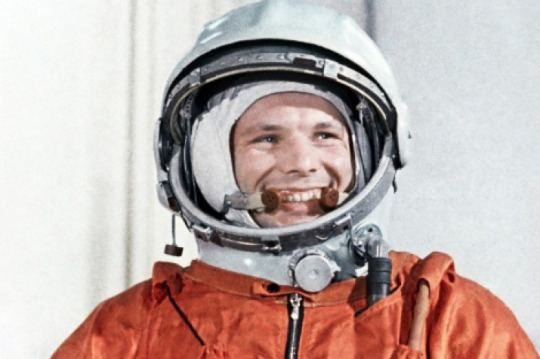



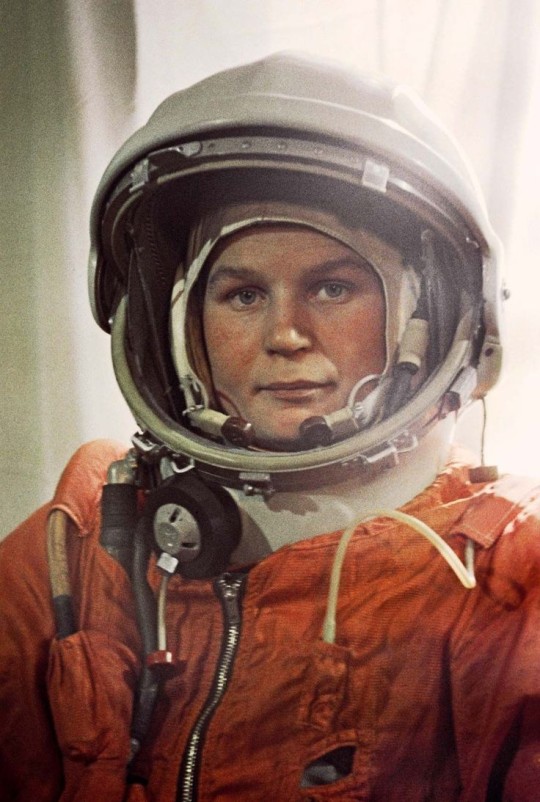
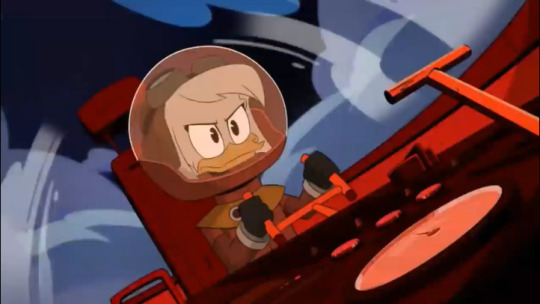
Donald Duck as cosmonaut as Yuri Gagarin and Della Duck as cosmonaut Valentina Tereshkova - Tribute to Space Race and gift for my friend - Ducktales 2017
I wouldn't have even drawn this, if this wasn't intended as a gift for a friend of mine who really likes ducks in space adventures and spacesuits.
I drew this on the occasion of the anniversary of when the first man, Yuri Gagarin, went into space on April 12, 1961, with the Vostok 1 rocket, and since then the journey of man in space begins. And I drew Donald Duck as a redraw from the comic cover of Topolino comics from 2015, drawn by Alessandro Perina, in which Donald Duck is like Yuri Gagarin, but in the then Soviet spacesuit (Vostok 1 spacesuit). Yes, I drew it to be close to Ducktales 2017 style, but in my own style, since I think somehow Ducktales 2017 suits that kind of space action. Yes, behind Donald you can see the rockets and aircraft of the Vostok program, as well as the planet Earth. By the way, the surname Gagarin means wild duck, so it is not surprising that the first man in space was a duck. XD
The next drawing is a redraw of Della Duck as Valentina Tereshkova, who flew in space around planet Earth on June 16, 1963 in the Vostok 6 rocket and became the first woman in space. Yes, I have a bit of a problem to draw Della Duck as a whole in a spacesuit, so I just sketched her, and somehow it fits her role to be like Valentina, and Della always wanted to be an astronaut, otherwise the word astronaut means a star sailor so it does matter that Donald is an astronaut too. Such a brother, such a sister. Behind it you can see the Vostok program rocket as well as the stars and the crescent moon. By the way, both Donald and Della, like Yuri and Valentina, wear the USSR mark in Cyrillic on their space helmets, since they are from the Soviet Union (Yuri Gagarin was born on March 9, 1934 and was the first man in space, while Valentina Tereshkova was born on March 6, 1937 and was the first woman in space). And Della is in Ducktales 2017 style, but in my own way.
I hope you like these drawings and these ideas and and feel free to like and reblog this and please don't anyone copy these same ideas of mine without mentioning me. Thank you! Happy first space flight day!
Also this is my gift for my friend who is a fan of space ducks and I wish him a happy birthday dear @ducksinspaceadventure! I hope you like this!
#my fanarts#donald duck#della duck#ducktales#ducktales 2017#space#space travel#space suits#space suit#yuri gagarin#valentina tereshkova#ussr#soviet union#space race#disney ducks#donald and della#disney duckverse#fanarts#duckblr#artists on tumblr#fanart#ducktales fanart#ducktales fandom#gift for my friend#vostok#my redraw#my style#duck twins#duck siblings#my fanart
37 notes
·
View notes
Text
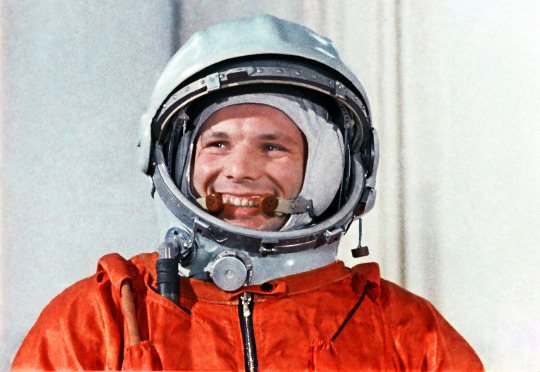
Yuri Gagarin, first man in space, April 12, 1961-
268 notes
·
View notes
Text














kungahuset: H.K.H. Prinsessan Birgitta 1937–2024.
Photo 1: Princess Sibylla carrying Princess Birgitta in 1937. Photo 2: Hereditary Prince Gustaf Adolf with Princesses Margaretha, Birgitta and Désirée in 1943. Photo 3: Princesses Désirée and Birgitta in 1944, summer in Falsterbo. Photo 4: Princess Birgitta and Crown Prince Carl Gustaf 1947.
Photo 5: Princess Birgitta at Franska skolan together with her classmates in 1950. Photo 6: Princess Birgitta and Crown Prince Carl Gustaf 1957. Photo 7: Princess Birgitta in the court dress at the opening of the Riksdag at the Royal Palace 1958. Photo 8: Princess Sibylla's five children dressed up to celebrate her 50th birthday in 1958. Photo 9: Princess Birgitta in a fencing competition in April 1960.
Photo 10: Princess Birgitta and Prince Johann Georg of Hohenzollern-Sigmaringen on their wedding day May 25, 1961, together with Count Michael Bernadotte, Princess Christina, Crown Prince Carl Gustaf and Princess Benedikte of Denmark. Photo 11: Princess Birgitta and Prince Johann Georg with their children Princess Désirée, Prince Carl Christian and newborn Prince Hubertus in June 1966. Photo 12: H.M. The King with his sisters Princesses Christina, Birgitta, Désirée and Margaretha at the enthronement. Photo 13: Princess Birgitta with her sisters Princesses Désirée and Christina on Mallorca in September 2001. Photo 14: Princess Birgitta surrounded by her siblings on her 80th birthday January 19, 2017.
#swedish royal family#princess birgitta#princess sibylla#hereditary prince gustaf adolf#princess margaretha#princess désirée#princess christina#king carl xvi gustaf#prince johann georg#241206#royaltyedit
16 notes
·
View notes